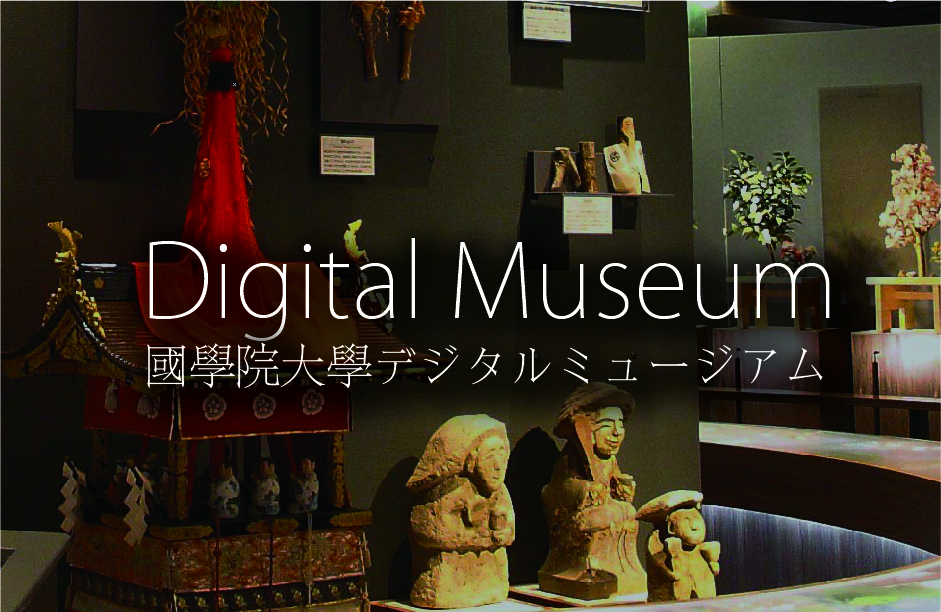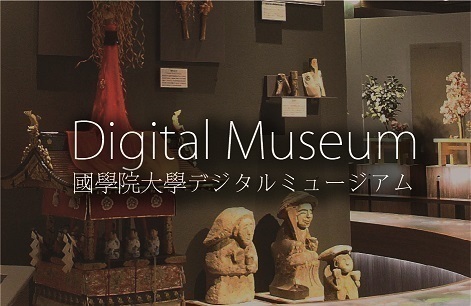- トップ
- Encyclopedia of Shinto
- Kōshin shinkō
Encyclopedia of Shinto
| Main Menu: | |
| Links: |
詳細表示 (Complete Article)
| カテゴリー1: | 6. Belief and Practice |
|---|---|
| カテゴリー2: | Folk Religion |
| Title | Kōshin shinkō |
| Text | A day on which the 7th "stem" (kō) in the Chinese zodiacal system combines with the 9th "branch" (shin 'monkey') is known as kōshin, when believers spend an abstemious, all-night vigil for the sake of their longevity. The custom goes back to the Chinese Taoist Ge Hong (283-343), who in Baopuzi ("He Who Holds to Simplicity") claimed that there are three worms (J. sanshi) in the human body, upper, middle, and lower, which on the night of kōshin attempt to escape while their hosts are asleep and to report the sins of such mortals to the Celestial God , thereby causing their lives to be shortened. It is to prevent the escape of the worms that the vigil, called shukōshin, is held. The idea of sanshi appears to have come to Japan via Korea in the 8th century. In the 10th century, the custom was regularly observed in the Imperial Court, with the focus on the emperor, in the form of a banquet. Around the 11th and 12th centuries, perhaps under the influence of the Way of Yin-Yang (Onmyōdo) , the Laozi shou-gengshen qiu- zhangsheng-jing ("The Laozi Shou-gengshen (shukōshin) Quest for Longevity Sutra") was composed, and in the latter half of the 15th century a Buddhist account was added, entitled: Kōshin-engi ("Kōshin Origins"). In it, the objects of worship are said to include Shōmen Kongō (Skt. yaksa, renowned for warding off disease) , Kannon, and Amida. It is here that a Buddhistic kōshin cult originated; during the Edo Period, it spread to the general populace. Kōshin devotional groups continued to be formed, with kōshin halls and monuments being constructed in large numbers. Kōshin monuments were constructed on the occasion of a third consecutive annual kōshin vigil (kōshin-machi, see below), held together with memorial services. When constructed atop a hillock (tsuka) or in the form of a stūpa, they are called kōshin-zuka. Yamazaki Ansai, drawing on the association of shin with the monkey (saru), advocated a Shintoistic kōshin cult, in which the primary object of worship was Sarutahiko. Within the Shugendō tradition as well, a unique form of the kōshin cult was propagated, so that there were three varieties of the faith: Buddhist, Shintō, and Shugendō. In the Edo Period, all-night vigils spread among the people; these came to be known as kōshin-machi. Kōshin pictures were hung, Shingon mantras or the Heart Sutra were chanted, and when these rituals had been observed, all-night conversations and feasting among the participants followed. Today, with the original significance of the vigil having been lost, the purpose of the custom has widely shifted to that of an ordinary banquet. — Iwai Hiroshi |







